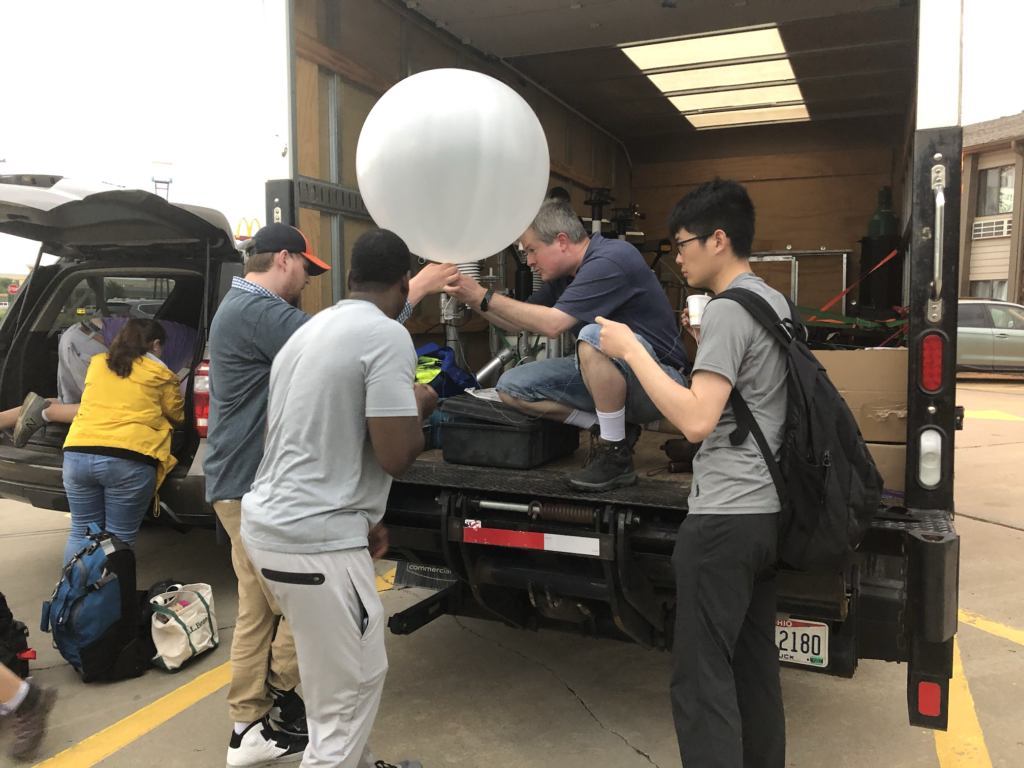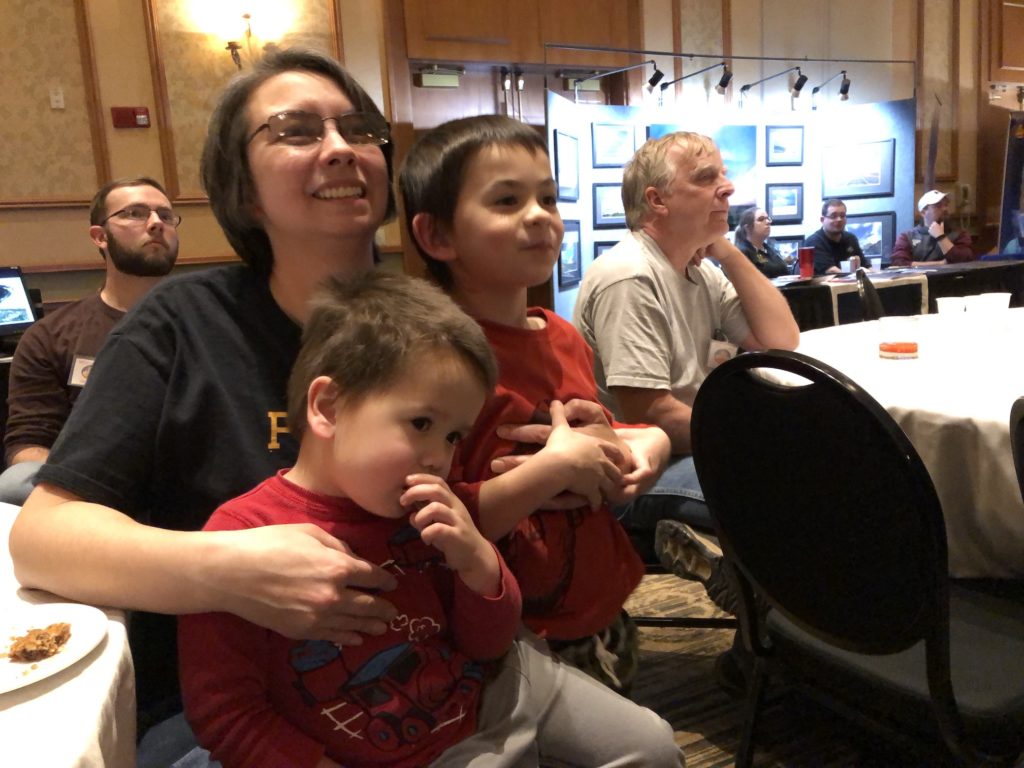Dan Dawson and I recently cancelled our annual field trip course, Students of Purdue Observing Tornadic Thunderstorms for Research (SPOTTR), which was due to take place in late May. It was a painful decision. Many of our contemporaries at other institutions are also cancelling their “storm chasing” courses, owing to the recent outbreak of coronavirus/COVID-19 that’s kept most Americans confined in our homes.
The rationale for our decision was fairly simple: During our field trip, we generally travel all over the Great Plains, stopping in small towns to grab food, use bathrooms, and stay at hotels. Instead of being casual visitors, we risked becoming disease vectors, or contracting the virus ourselves. Either way, it was socially irresponsible for us to take a group on a field trip in the midst of a pandemic.

We briefly contemplated taking the course online, with a virtual chasing component. As every storm chaser knows, however, 4K or even 360-degree video streaming can’t beat the real thing. There’s no substitute for feeling the Gulf of Mexico moisture on your skin and in your nose, for listening to the rumble of thunder at a full range of audible and tangible frequencies, and for watching a rotating updraft twist and dance like a living, breathing mountain in the sky. In our informed opinion, this sort of experience simply cannot be reproduced over the internet. During VORTEX2, during a television interview for the Weather Channel, I opined (to the best of my recollection), “It’s one thing to watch a tornado on television, where it’s confined in a box. It’s another to see it with your eyes, to know that everything in the environment and atmosphere around you is creating this spectacle, and actually causing it to happen in front of you. It fills your whole world.”
Ironically, we’ve got a BAMS paper (in early online release) touting the success of the SPOTTR course. Over the last three years, we collected survey data from SPOTTR students that demonstrate unequivocally that their participation expands their knowledge and career aspirations. We’ve watched class after class nail the ingredients-based method for forecasting supercells, students begin to truly envision themselves as future professionals, and each cohort develop close bonds with one another that persisted years after the course ended.
We concluded the paper by speculating that each SPOTTR cohort’s camaraderie is the “secret sauce” that makes the course work so well. As I wrote in the manuscript,
“Each cohort spent more than 150 hours traveling together, eating together, talking together, and lodging together, creating a shared experience base and a common reference frame… Additionally, the group was collectively dedicated to a shared scientific mission. The instructors experienced similar long-term cohesion among participants in previous field projects (e.g., VORTEX2), which also involved a shared mission and common experiences.”
Even the most full-featured learning management system can’t reproduce that experience.
Furthermore, I would argue that a big part of what makes storm chasing “work” in general is a similar sense of camaraderie. Yes, much of the modern storm chasing enterprise is online – streaming video, photo sharing, social media, clicks, and likes. But those online interactions have roots in good, old-fashioned, analog human relationships — running into current and former chase partners in remote corners of the Plains, pushing vehicles out of the mud, and dining after dark at hole-in-the-wall eateries with friends we only see once a year, while the lightning sizzles on the horizon.

I’m going miss all that this year. I want to keep my storm intercept skills sharp, but avoid non-essential travel. My plan for this year is to chase opportunistically, close to my home in West Lafayette, Indiana, and be an active storm spotter in my local community. As long as the storms are within one bathroom run of home, I’ll be there!
On the subject of human interactions, this past January, I made a point to take my family to the very last ChaserCon in Denver. It is ironic to think that only two months ago, we sat at the back of a crowded ballroom around circular tables, hearing speakers like Dr. Greg Forbes and Tim Marshall regale us with their tales from the Plains. It’s simply impossible for me to look back on that gethering now without viewing it through the lens of the current paradigm of “social distancing”. Such a gathering would be impossible under the current coronavirus restrictions.
Here’s looking forward to the days when the pandemic recedes, and life, and chasing, return to normal. When it does, I’m going to make a point to cultivate those human relationships. Even when the social distancing is no longer the norm, I won’t be socially distant!